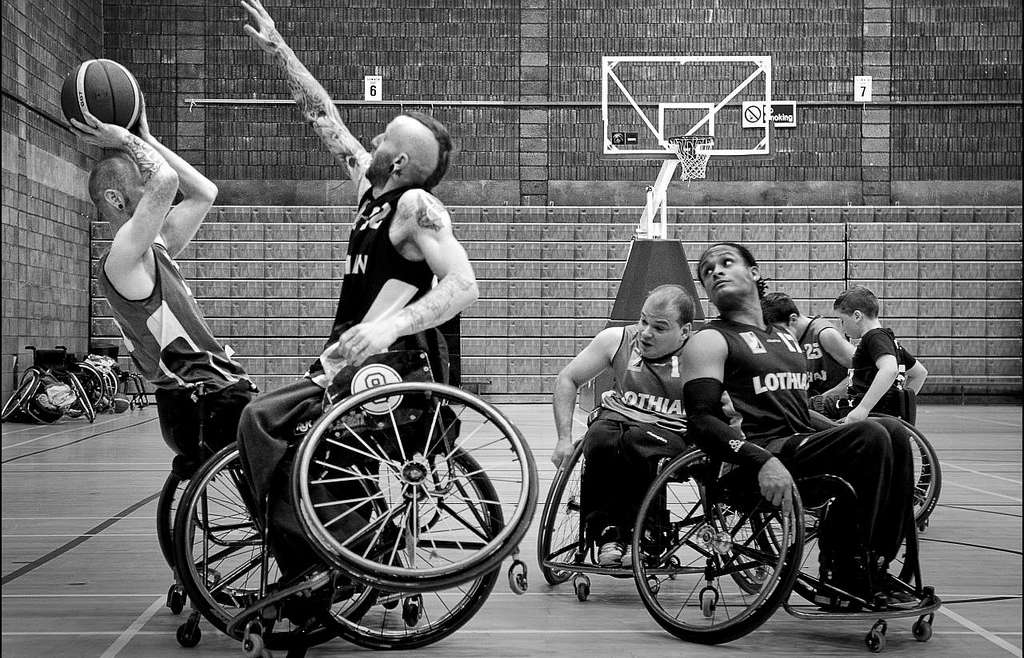If you are caring for someone, you may need to help them move around. It is very important that you learn how to do this properly to prevent injuries, either to yourself or to the person you care for.
If you injure yourself, your ability to move will be limited and you may be unable to care for the person as effectively – and maybe not at all. It might also take a long time for you to recover.
The most common injuries that carers experience are to their back, neck and shoulders. These often occur due to overuse, when you make the same lifting or pulling motions over and over again.
You are most likely to injure yourself when you are:
- moving someone from a bed to a wheelchair
- pulling them up from lying down in bed to a sitting up position
- leaning over the person for a long time.
You should also take care when helping the person to get out of bed, go to the toilet, have a bath or shower, walk, get in or out of a car, or get up after a fall.To minimise the chance of injury, it is important that you look after yourself, including keeping healthy and active,also ensure your your house is safe, both for you and the person you care for.
Knowing how to move someone
Moving, and especially lifting someone – even if they only have a minor physical disability – is not as simple as it might look. If the person you are caring for needs help, you will first need to ask some important questions. These include: How heavy are they? Are you strong enough to lift them? And are you wearing suitable shoes?You will need to check the position of your body before, during and after lifting, and know how to set the person down properly.Several organisations have information on moving and lifting people.However, if you need to help the person you care for with moving, you should first ask a professional for advice and training.Many carer organisations offer manual handling training for carers. You can also ask your doctor, social worker, occupational therapist or physiotherapist for advice.
Do you need help?
Each situation is different. Whether you can move someone in a way that is safe for both you and them will depend on your strength, their ability, where they are, and who is around to help.If the person you care for is frail elderly, has a physical or intellectual disability or a chronic illness you may be eligible for help at home
Special equipment can help you to move and lift someone, including hoists, stand aids, transfer boards and slide sheets. These are known as mobility aids or assistive technology. Find out more from your local municipality/government about financiaincluding what aids are available and what support you might be eligible for.You may also be able to modify your home to help the person move by themselves.
Recovering from an injury
If you injure yourself lifting, it can take a long time to recover. This means you might need to make alternative arrangements for the person you care for.Remember to contact your local Doctor or hospital for better care.

